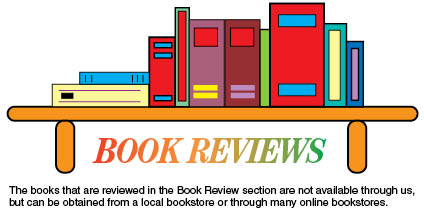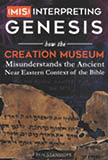Return to 2nd Quarter 2022 articles.

(Mis)interpreting Genesis
by Ben Stanhope, Scarab Press, © 2020,
$15.51 paperback, 337 pages, ISBN-13: 978-0578823690

This is a book that will challenge any college graduate. The subtitle is “How the Creation Museum Misunderstands the Ancient Near Eastern Context of the Bible.” We review the book because it is a scholarly approach to the Bible with emphasis on understanding the theological problems with young-earth-denominational creationism. It is also an exhaustive treatment of the Hebrew words used in the Bible and the history of how various religious figures have interpreted those words. The bibliography for the book is 28 pages long, and the footnotes on the pages are sometimes longer than the text. This book will challenge you.
Stanhope divides the book into three sections plus three appendices and an index of terms and phrases. Section 1 discusses extinct animals in the Bible — the leviathan, the behemoth, the unicorn, and the flying serpents of Isaiah. Each is covered with a chapter with direct quotes from the Creation Museum and an exposé of those words.
Section 2, titled “Reading Genesis like an Ancient Israelite,” is a detailed discussion of the Hebrew words in Genesis and how they relate to the days of creation, the cosmology of the Hebrews, animal death, and the grammar of the ancient Jewish writings. Stanhope shows that the creationist literature violates the Hebrew and the cosmology that was a part of ancient Israel's understanding.
Section 3 is a theological discussion of how we interpret the Bible. While we can all understand the basic message, people who want a detailed defense of their denominational position need to devote time and energy to a scholarly approach to the original language.
Appendix A deals with artifacts and legends with numerous pictures and an exposé of materials from the Creation Museum. Appendix B deals with the misuse of flood accounts, including flood stories from Hawaii, Hindu records, and Chinese records. Finally, Appendix C discusses how world cultures deal with cosmology.
We recommend this book to preachers, college students, and people interested in apologetics. It is a handy reference source for a lot of information, but it is challenging and complex and cannot be read superficially.
